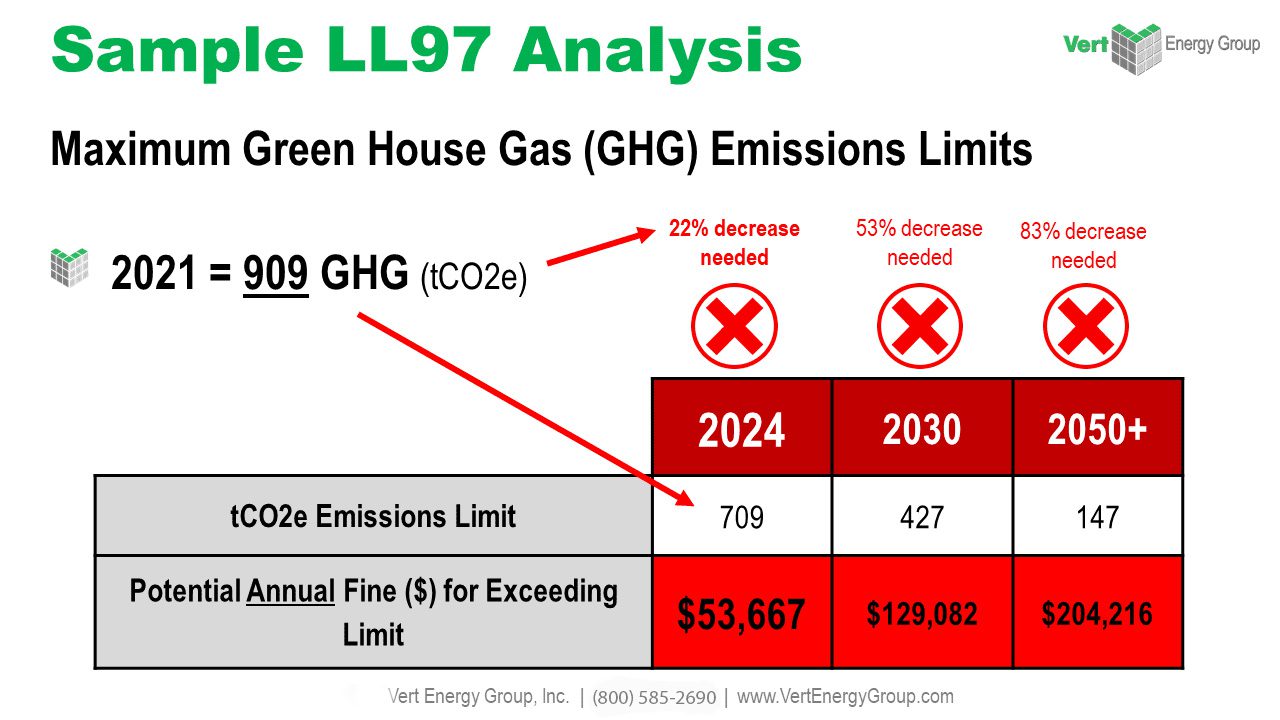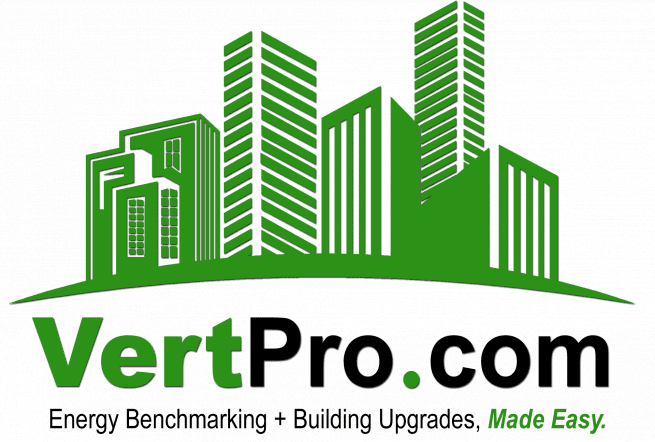Introduction
In an era increasingly defined by climate change and environmental awareness, the Energy Benchmarking Laws represent a significant stride towards a sustainable future in the world of real estate. This blog takes an in-depth look at this pivotal legislation, dissects its influence on green practices within the industry, and speculates on its future implications. Through this exploration, we will understand why the law was established, its mechanisms, and the benefits brought about by its implementation.
Part 1: Understanding the Benchmarking Law
Section 1.1: What is the Energy Benchmarking Law?
The Energy Benchmarking Law is a regulatory framework that necessitates the tracking and reporting of energy and water consumption in buildings. This mandate primarily targets commercial and residential buildings above a certain size threshold, compelling property owners and managers to reckon with their energy footprint more transparently and regularly. This law’s main objectives are to raise awareness about energy consumption, encourage the adoption of energy-efficient practices, and eventually lead to a significant reduction in environmental pollutants.
The proposed benefits of such legislation stretch far beyond environmental goodwill. It is an initiative that also aims to reduce operational costs, enhance building value, and improve public health through reduced emissions. By compelling the industry to look closely at energy use patterns, owners are nudged to invest in more efficient technologies and sustainable practices, ultimately promoting a greener real estate market.
Section 1.2: The Birth of Benchmarking Law in Real Estate
The roots of the Benchmarking Law in real estate can be traced back to the growing global concern over the environmental impact of buildings. According to the U.S. Energy Information Administration, approximately 40% of the total U.S. energy consumption is swallowed by residential and commercial buildings, underscoring the need for regulation in this sector. Born out of this need, the Benchmarking Law arrived as a legislative response to encourage better energy practices in real estate.
Real estate owners are now obliged to follow a set of clearly defined requirements, submitting annual reports on their building’s energy performance. This process often involves using tools like the U.S. Environmental Protection Agency’s ENERGY STAR Portfolio Manager, which helps in benchmarking energy and water consumption. Through these reports, stakeholders can compare their performance against similar structures, setting the stage for competitive progress in energy efficiency.
Part 2: The Benchmarking Law and Green Practices
Section 2.1: The Connection between Benchmarking Law and Green Initiatives
The symbiosis between the Benchmarking Law and green initiatives cannot be overstated. By demystifying and scrutinizing energy consumption patterns, the law paves the way for a more strategic approach to energy use. It aligns closely with green certification programs, which often incorporate energy performance as a key metric. The law’s emphasis on metrics like Energy Use Intensity (EUI) dovetails with the environmental objectives of certifications such as LEED (Leadership in Energy and Environmental Design), further aligning the industry with broader sustainability goals.
Property owners and managers are finding that adherence to benchmarking regulations aligns with an increased market demand for green properties. As awareness of climate change grows, so does the desire among tenants and investors for environmentally responsible, energy-efficient spaces, fueling a push towards sustainability that is both ethical and economically sound.
Section 2.2: Case Study of Benchmarking Law in Action
To grasp the law’s effectiveness in promoting green real estate practices, one can look to cities like New York and San Francisco, which have been at the forefront of such legislation. For instance, New York City’s Local Law 84, part of the broader Greener, Greater Buildings Plan, has been instrumental in tracking and compelling reductions in energy usage across the city’s vast property landscape.
Data collected from these urban centers before and after the implementation of benchmarking laws shows a notable uptick in energy efficiency improvements, increased investments in green technologies, and an overall decrease in energy consumption. These cities serve as tangible examples of the law’s potential to drive meaningful progress in the battle against climate change.
Part 3: Implications and Impact of the Benchmarking Law
Section 3.1: Impact on the Real Estate Industry
The Energy Benchmarking Law is not just a piece of regulation; it’s an industry game-changer. It has galvanized a new perspective where the energy performance of a building is a critical component of its overall value proposition. Sustainable buildings are increasingly seen as more desirable assets that can command higher rents, attract and retain tenants more efficiently, and facilitate lower operational costs over time. This shift is evident not only in the construction of new buildings but also in the retrofitting of existing properties with energy-efficient systems and technologies.
Section 3.2: Societal and Environmental Implications
The societal and environmental ramifications of the Benchmarking Law go far beyond the confines of the buildings themselves. By prompting reductions in energy demand, the law plays a significant role in cutting down greenhouse gas emissions, thereby combatting urban air pollution and climate change. The wider societal benefits also include potential improvements in public health outcomes and the creation of green jobs in the energy sector.
However, challenges remain, including the need for widespread technological adaptation, ensuring data accuracy, and addressing privacy concerns around energy data disclosure. Yet, the law also represents a hive of opportunity, spurring innovation in green practices and technologies—a dynamic that may prove crucial as cities and countries move toward a more sustainable future.
Conclusion
The Energy Benchmarking Law serves as a crucial catalyst in the movement towards greener, more sustainable real estate practices. As we have seen, its influence is multi-faceted, compelling stakeholders to adopt energy-efficient technologies, pushing the market towards a preference for sustainable buildings, and providing a framework for continued environmental improvement.
What role do you think the Energy Benchmarking Law will play in the future of real estate? How can stakeholders across the board—from owners to tenants to investors—contribute to the greening of our built environment? Share your thoughts, join the discussion, and let us champion a greener, more sustainable future for real estate together.
VertPro.com serves as a resourceful platform for property owners and managers seeking to enhance their buildings’ energy efficiency. The site offers a range of services, including Commercial Energy Audits, Benchmark Compliance consultancy, and a Construction Marketplace. At the heart of VertPro® is a suite of SaaS technology-based solutions designed to assist in navigating the complexities of Energy Benchmarking and Energy Audits/RCx Plus, while ensuring adherence to over 60 Energy Benchmarking and Energy Efficiency Laws across the country.
For those looking to improve their property’s energy usage and operational value, VertPro.com provides a diverse array of tools and information. The site aims to facilitate a better understanding of energy efficiency practices and legislation, helping building owners and property managers make informed decisions about their energy strategies while complying with all energy ordinances and laws.

















